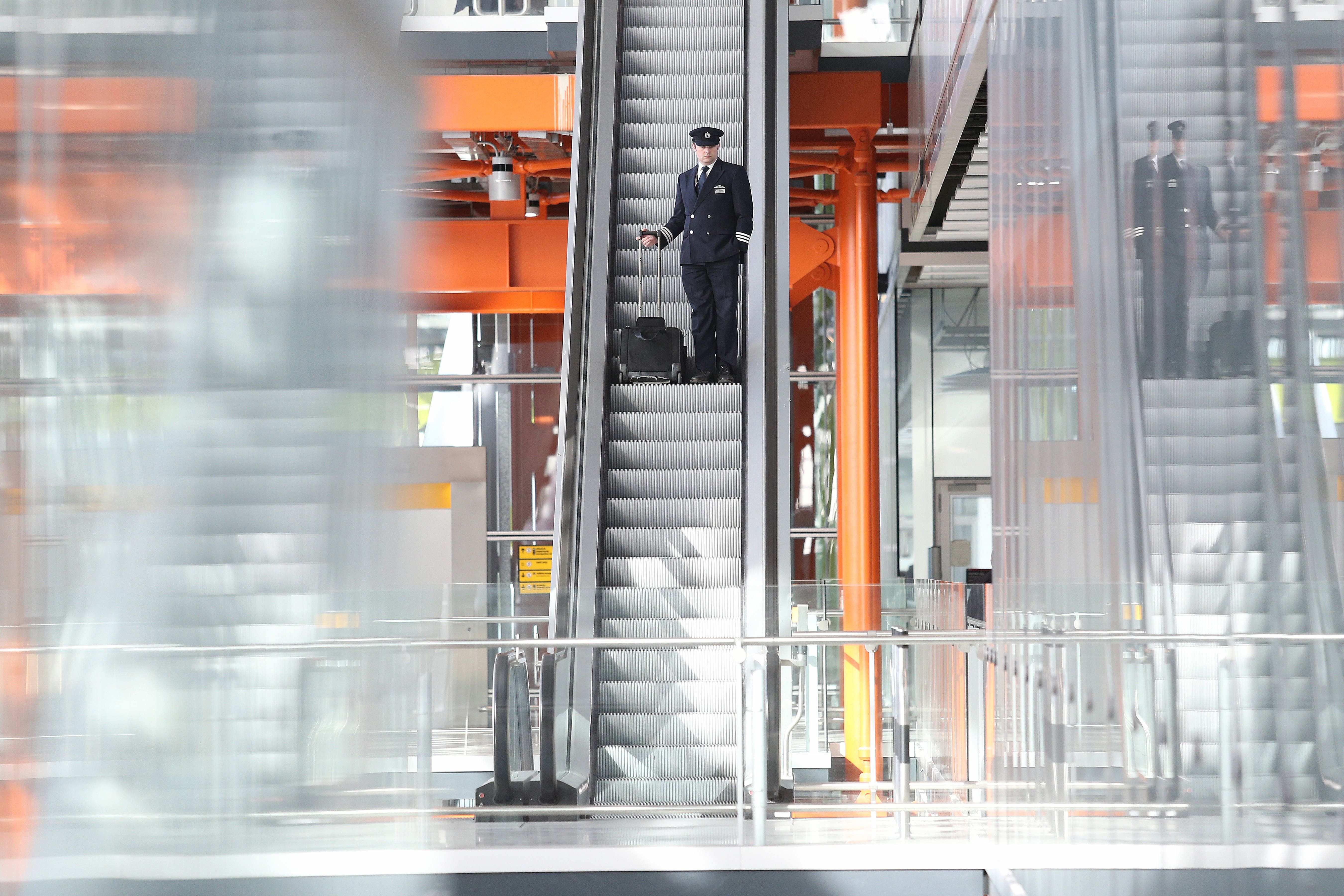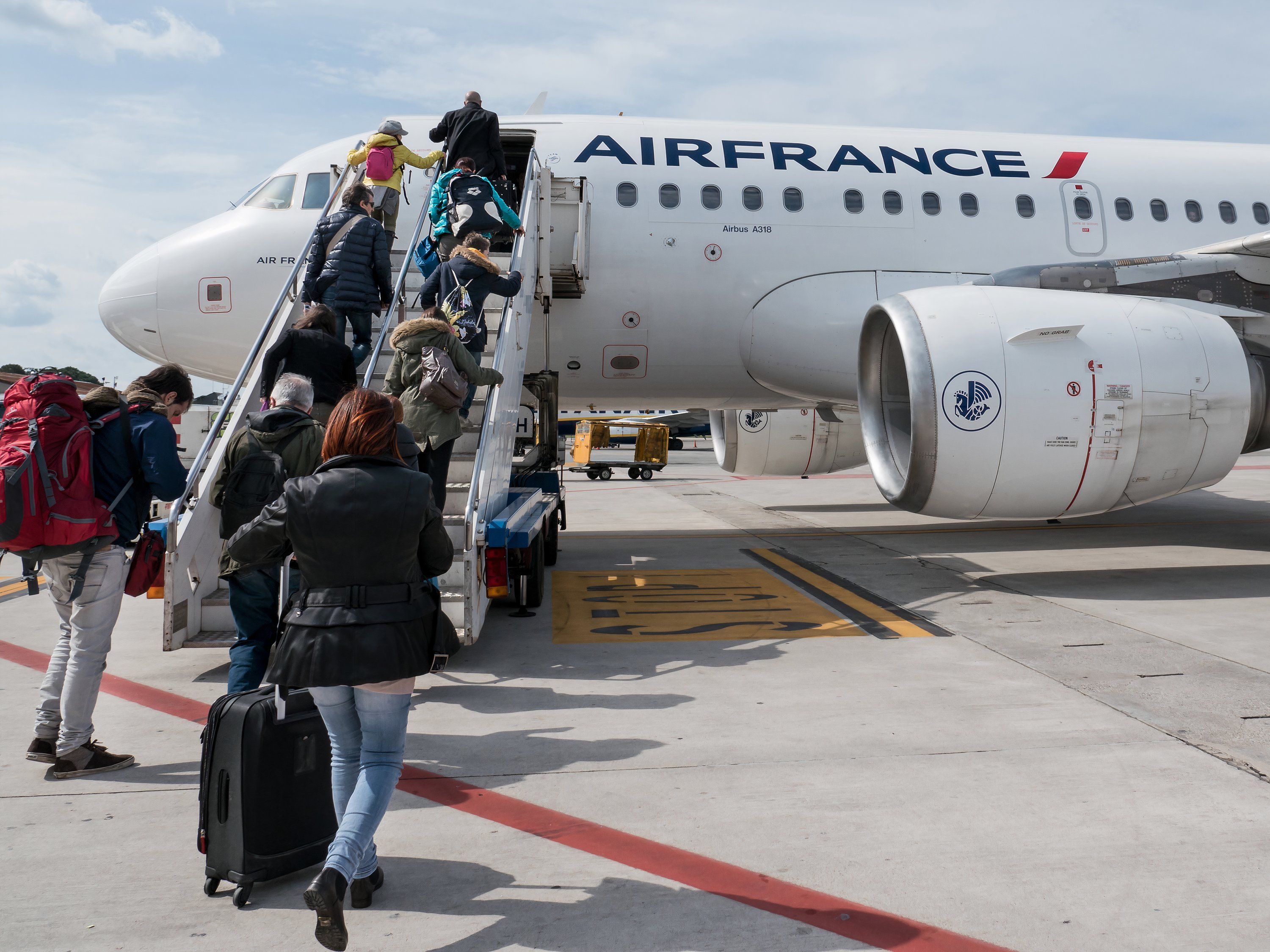Summary
- Pilots receive free space-available flights for themselves and family members.
- Non-revenue flying is based on list priority, which is determined differently at every airline.
- Jumpseats on the flight deck and in the cabin are available to pilots and flight attendants.
Airline pilots get paid to fly, so it could be argued that they get many free flights. Technicalities aside, most airlines offer pilots and countless other employees and family members the ability to fly for free or at discounted rates.
Flying for free or at a discount is known industry-wide as “non-revving,” or flying as a non-revenue-producing passenger. This article will discuss how often pilots “fly for free,” how non-revenue flying works, and the added perks that pilots and flight attendants get when they are off-duty travelers.
Non-revenue flying is arguably the biggest perk of working for an airline. Many airlines worldwide offer a range of benefits spanning from unlimited access to free travel to reduced-price tickets or an annual allowance.
Flight benefits differ by company and region, but employees of US airlines enjoy unlimited, free, space-available travel. This benefit is extended to the employee and applies to their significant other or best friend, children, and parents.
The most considerable caveat of non-revenue travel is the “space available” component of the program. Non-rev employees only get on after every paying passenger has been accommodated.
Non-rev listing
Pilots generally do not receive preferential treatment within their airline’s non-rev system. Cabin crew, gate agents, ramp agents, office staff, and everyone in a primary role at the airline shares the same access to non-revenue flying.
The most important consideration of non-revenue flying is getting as high on the priority list as possible. If ten eligible non-rev travelers want to fly on a flight with five open seats, one’s place on the list is essential.
Photo: pio3 I Shutterstock
Some airlines predicate the non-revenue priority based on check-in time. Similar to the 24-hour prior passenger check-in, non-rev employees do their best to check in exactly 24 hours before their desired flight’s departure.
This is great for newer employees because they don’t have to contend with their lack of seniority at the company, which is the other primary listing method. This modality of list generation is simple—the non-rev list for a flight is generated purely by when that person started working for the airline.
Beneficiary travelers (children, spouses, etc.) are also recognized by their family member’s hire date. This system is terrific for long-time employees and their immediate family members.
Further delineation
More nuances are contained within the hierarchy of the non-rev list for a flight. Significant others and children generally share the same access as the employees, while parents have a slightly reduced priority on the list (below these immediate family members).
Employees famously receive passes to give to friends, and these one-off buddy pass riders fall below every previously listed family member. These passes are taxed at much higher levels and far from free rides. Lastly, the lowest priority persons on the non-rev list for a flight are pilots and flight attendants from other airlines, who are allowed to list for jumpseats.
It’s essential to remember that not a single non-rev passenger will be cleared onto a flight until every paying passenger has a seat on the plane. This includes revenue standby passengers or people wishing to take an earlier flight if the airline allows it.
Even if a flight appears wide-open just a few hours before its scheduled departure, the number of available seats can reduce instantly if a previous flight is canceled or passengers need to be re-routed. If you need to be somewhere, non-revenue flying isn’t a particularly safe option.
How often do pilots non-rev?
Getting to the heart of the article’s title, pilots “fly for free” less than you might expect, though this differs from person to person. Pilots get a firsthand look at how many non-revs are cleared for a flight (and how many are not) daily at work and appreciate the ease or lack thereof of non-rev traveling.
Though empirical, pilots often purchase confirmed seats for their family members unless the flight seems like a surefire bet. This avoids the stress of wondering whether loved ones will make it on the flight and eliminates the need for hotel expenses if things don’t work out.

Related
The Advantages & Disadvantages Of Relocating As A Pilot
The factors behind staying or going.
As alluded to earlier, pilots, flight attendants, and dispatchers have special access that other non-rev beneficiaries aren’t privy to: jumpseats. Located in both the cabin and the flight deck, jumpseating is perhaps the biggest privilege of being a crew member.
A pilot or flight attendant who wants to take a flight on their airline has first dibs on the available jumpseats. There are often two in the cabin for flight attendants and one or two for pilots on the flight deck, plane-dependent. Some airlines even allow pilots to ride in unoccupied flight attendant jumpseats, assuming every flight attendant has been accommodated first.
Riding a flight deck jumpseat is a privilege, not a right. Jumpseaters must follow specific etiquette, and occupying a jumpseat is always at the captain’s discretion.
Pilots and flight attendants can list themselves for jumpseats on airlines other than those for which they work. Their non-rev listing is at the very bottom of the priority list. Still, they will be cleared into an available jumpseat (assuming the captain allows it), giving them access to a full flight that company employees who can’t ride jumpseats would miss.
If seats are available after every non-rev has been seated, the other airline jumpseat lister will also be given a seat. This system is how commuter pilots and flight attendants get to work—either by riding with their own company or another airline through a jumpseat listing.
Final thoughts
Commuting flight crew “fly for free” regularly. Even if they go to or come home from work, jumpseating is never considered part of a crewmember’s legal duty.
Regarding non-revving, the frequency with which pilots use the system depends on how much they enjoy personal travel and how good their access is within their airline’s non-rev listing hierarchy.
Some pilots enjoy traveling while not working, while others want every available moment at home given their life on the road.


